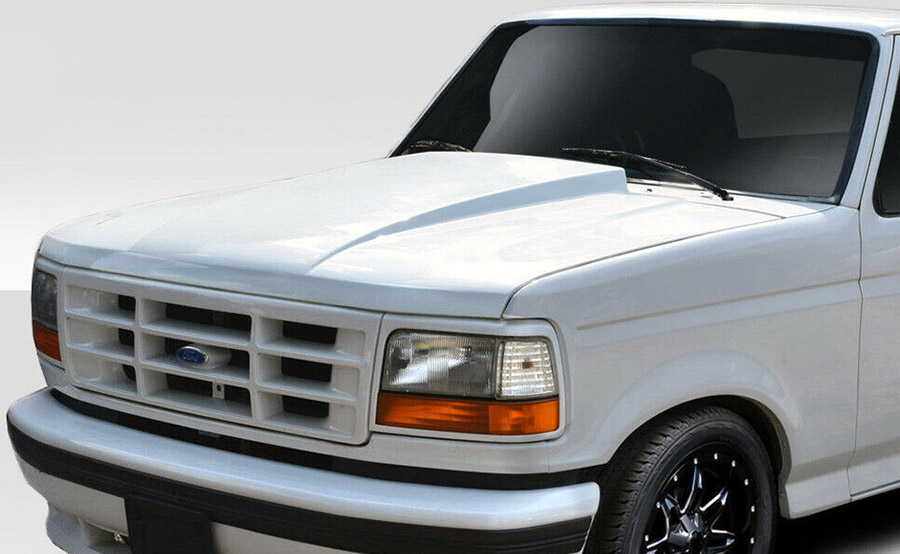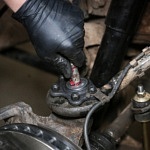What Is a Hood Scoop?
Attaching a scoop to an opening in the hood allows more air to enter the engine. Why bother to add air?
Because increasing the flow of fuel alone doesn’t increase power. There’s a close relationship between the oxygen in the air and the fuel required for internal combustion. So, to get a boost in horsepower, you need to bring in more fuel—and more air!
A hood scoop, like the many products offered on eBay, starts with an opening cut into the car’s hood. A shroud (or air channel) is placed over that opening. The shroud creates a flow of fresh air that passes through an air filter to the engine’s intake.
Sometimes the hood scoop is built into the hood from the factory. Or you can buy an after-market hood with the car scoop already in place. The scoop can be fashioned from metal, fiberglass, or carbon fiber.
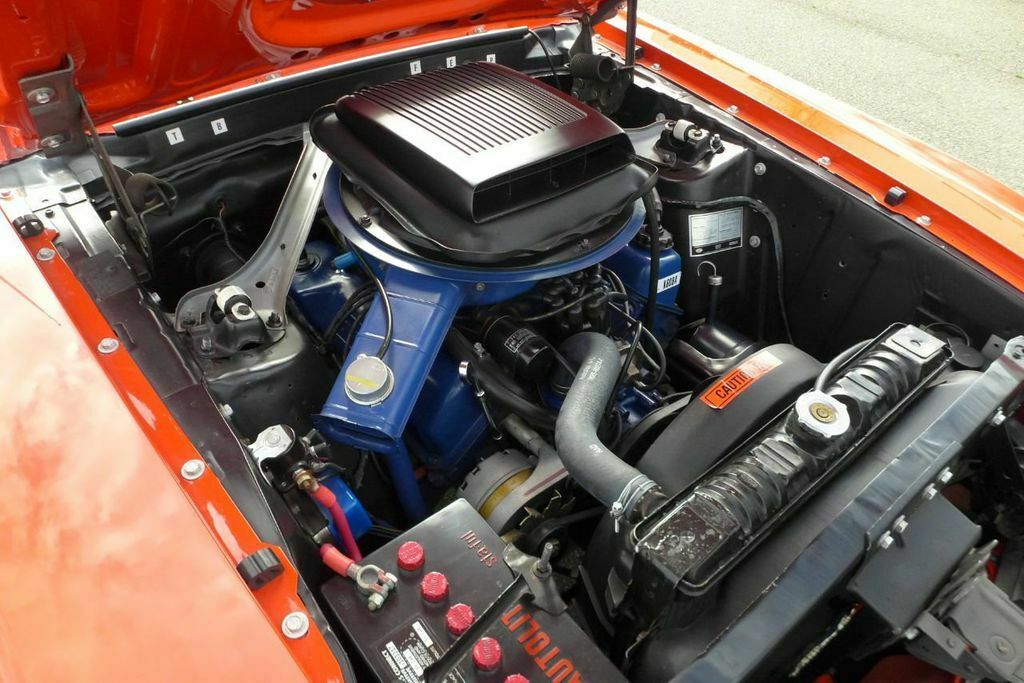
Hood scoops allow more air to reach the engine.
As a car travels down the road, a layer of so-called boundary air clings to the vehicle’s surface. That flow can inhibit some air from the hood scoop intake. In response, builders sometimes raise a scoop above the hood by a few inches to allow more intake of clean air. Or you could go the extreme route by adding a “shotgun” intake high above the hood for a double-barrel shot of air.
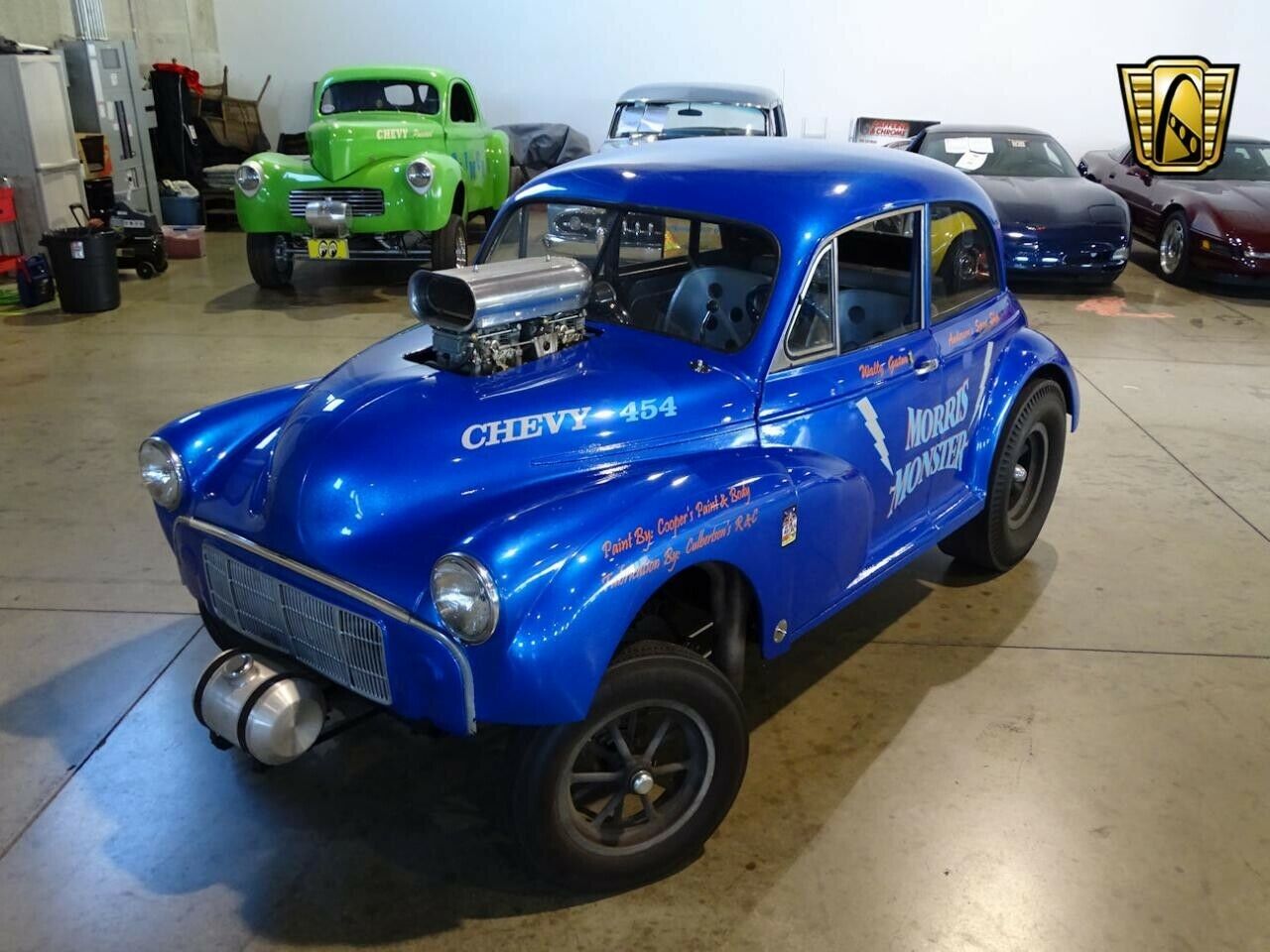
A meek Morris Minor is transformed with aggressive air intake.
Ambient air is generally cooler than the air swirling under the hood. Cooler air is denser and therefore allows more fuel to enter the mix. So besides looking cool, hood scoops have tangible performance benefits: more horsepower.
Hood Scoop Issues
There are downsides to deploying a hood scoop. It’s not good when rain, snow, and dirt enter the engine compartment. The big opening in the hood scoop creates a way for inclement weather to reach the engine, especially at lower speeds.
The best hood scoop designs provide a plate to block access. Drivers can use a vacuum switch at full throttle to open the baffle or a cable mechanism to open and close the plate manually.
Cowl Induction Scoops
A cowl induction hood is like a backward-facing scoop that draws in cool air that collects near the windshield at high speeds. It’s an alternative to the conventional hood scoop.
It’s counter-intuitive, but a moving car creates an area of high air pressure at the base of the windshield. When properly crafted, the cowl induction hood allows a large volume of cold air into the engine compartment.
At the same time, the shape minimizes rain, snow, or debris from entering the engine area. Also, the design of a cowl hood helps reduce drag.
Shaker Hoods
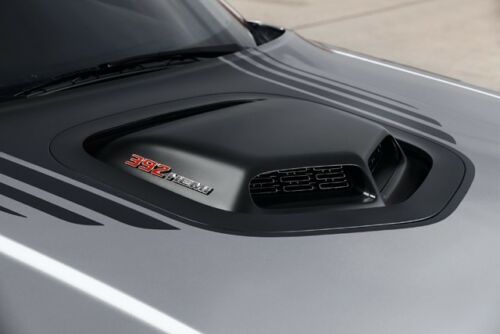
This Mopar shaker hood vibrates as the engine roars to life.
A slick hotrod style from the 1960s and 1970s was to cut a hole in the hood and let the engine’s air cleaner and scoop poke through. The design had the same effect as a hood scoop but without the taller opening.
Since this type of scoop is mounted to the engine, it commonly shakes with the rumble of the engine (even at idle). Mopar enthusiasts added even more style by creating a decal that called attention to the shake. This look is still used in some of today’s performance cars.
NACA Ducts
Many modern sports cars employ a shaker-type look but with a NACA duct. The NACA duct is set directly into the hood—allowing cooler outside air into the engine compartment.
This is the best of both worlds. There’s more air brought into the mix, but the duct maintains a refined and sleek appearance. (Fun fact: NACA stands for National Advisory Committee for Aeronautics.)
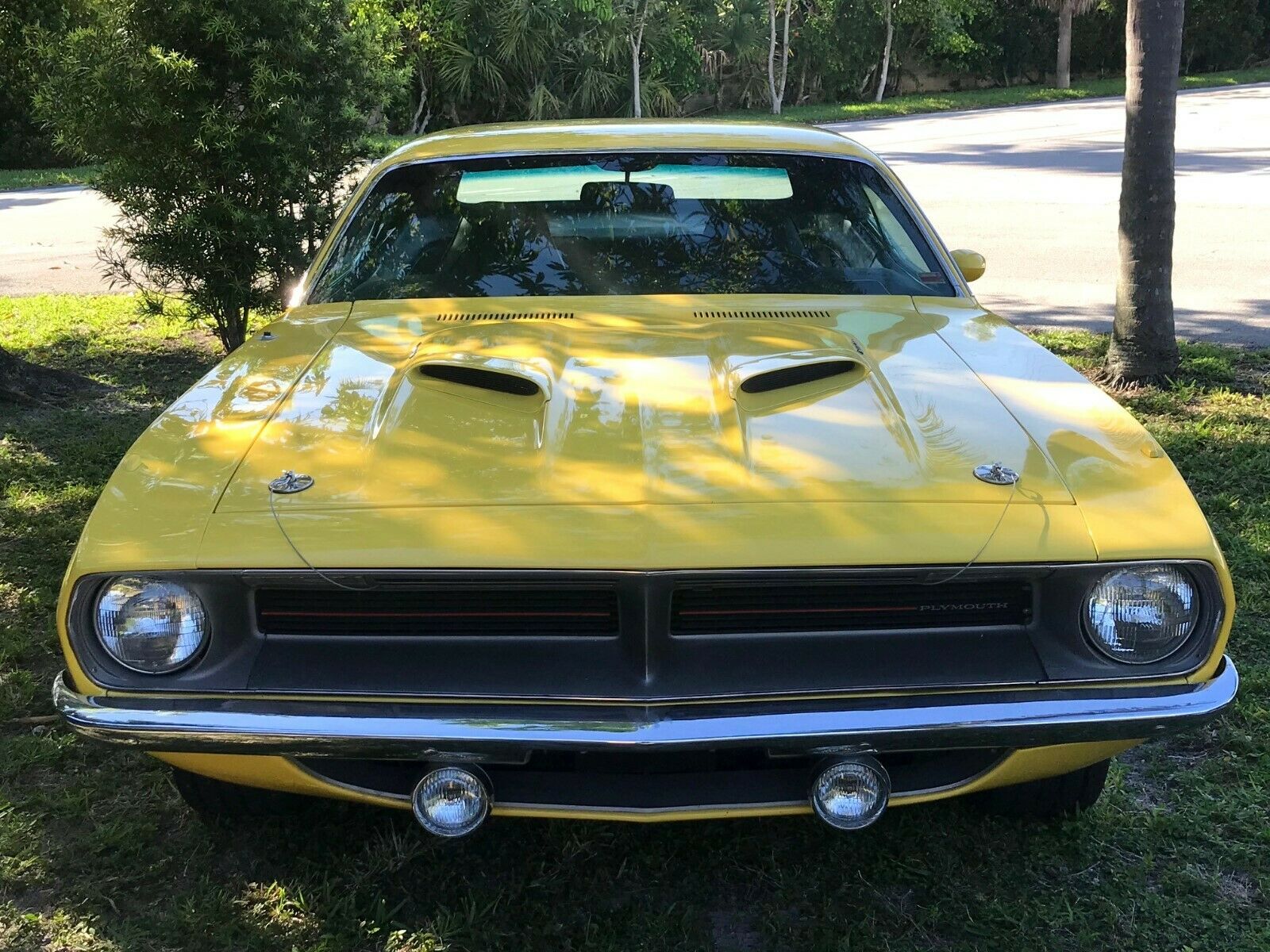
These dual ducts scoop in fresh outside air.
Faux Scoops
If you like the vibe of a hood scoop, but don’t care about the added air, you might consider a faux scoop.
Many current cars leave the factories today with devices that look somewhat like an engine scoop, but they don’t have an opening for air. It’s your call to go with a faux scoop or not. However, if that’s your decision, then be prepared to explain why you decided to fake everybody out.
There are other ways to bring cold air into the mix. See “Improving Cold Air Intake Can Add 30 Horsepower.”


